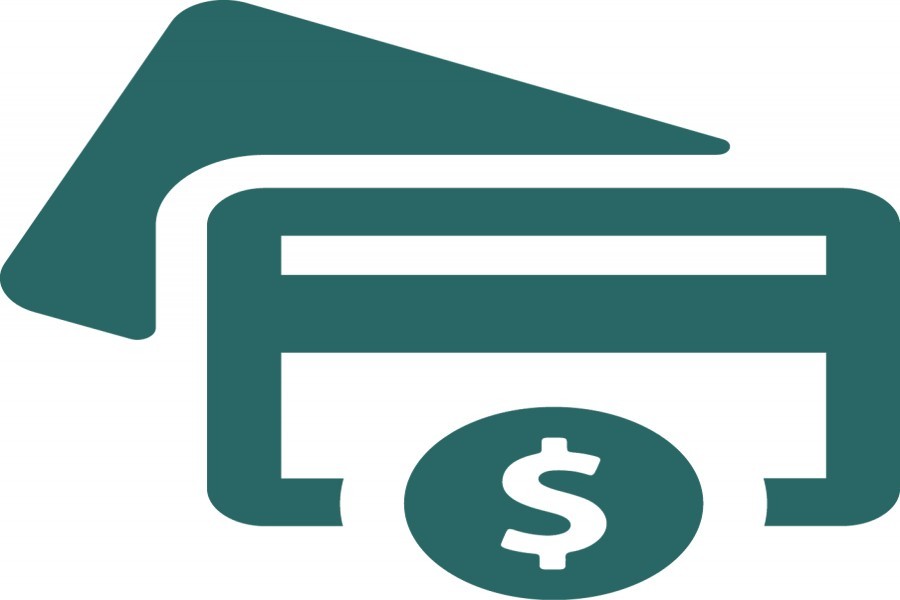The country's trade gap with the rest of the world narrowed during the first two months of the current fiscal year, aided by a surplus in current account balance.
Negative growth in both export and import during the period helped reduce the gap and ease pressure on current account with additional support from higher inflow of remittances.
This way, the current account returned to the green zone after three years of negative balance.
The surplus reached $313 million in the July-August period of FY 2019-20 against a deficit of $7.0 million in the same period of the previous fiscal, according to the central bank's figures released on Thursday.
In July, the current account surplus was US$150 million, the first month of the current fiscal year, after a deficit of $ 5.25 billion in the FY '19.
The current account balance entered into the negative territory with a $1.33 billion deficit in FY '17, which was $5.25 billion in FY '19.
Earlier, the current account balance had posted $447 million deficit in FY '12.
"It's a temporary phenomenon," Selim Raihan, executive director of the South Asian Network on Economic Modeling (SANEM), told the FE while giving his initial reaction to the issue.
Dr Raihan, a professor of economics at the University of Dhaka, predicated that the country's overall balance of payments (BoP) would face pressures by the end of this fiscal as import is expected to pick up in the coming months.
"We need to be cautioned about the possible BoP pressure in the near future," Prof Raihan said.
Talking to the FE, a senior official of the Bangladesh Bank (BB) said the current account balance may enter into negative territory again by the end of this fiscal as import growth has been projected at 7.50 per cent for the FY '20.
Both Dr Raihan and the central banker expected import to pick up in the coming months to meet the growing demands for construction materials needed for the implementation of ongoing mega projects, including the Padma bridge and metro rail.
Meanwhile, the overall trade deficit shrunk by more than 6.0 per cent during the period as growth of both export and import turned negative.
The trade deficit came down to $1.98 billion during the first two months of this fiscal from $2.11 billion in the same period of FY '19.
Export growth fell by 1.06 per cent to $6.65 billion in July-August from $6.72 billion in the same period of the previous fiscal.
Import growth also dropped by over 2.0 per cent to $8.62 billion from $8.82 billion.
"Lower trade deficit along with higher inflow of remittances helped improve the current account balance," another BB official explained.
Bangladesh received $3.04 billion in remittances during the first two months of this fiscal year, registering an 11.47 per cent growth over the same period of the previous fiscal, the BB data showed.
"We expect the upward trend of inward remittance to continue in the coming months as the government has announced a 2.0 per cent incentive on remittance receipts," the central banker noted.
The government has allocated Tk 30.60 billion as incentive in the current budget to encourage the expatriate workers to send their money through legal channels.
"We should diversify our exports along with boosting the inflow of remittances to minimise the possible pressure on the BoP," Prof Raihan added.
The BoP showed a decline of $139 million during the first two months of this fiscal from $156 million in the same period of FY '19.
The BoP had a negative balance of $77 million in July 2019.


